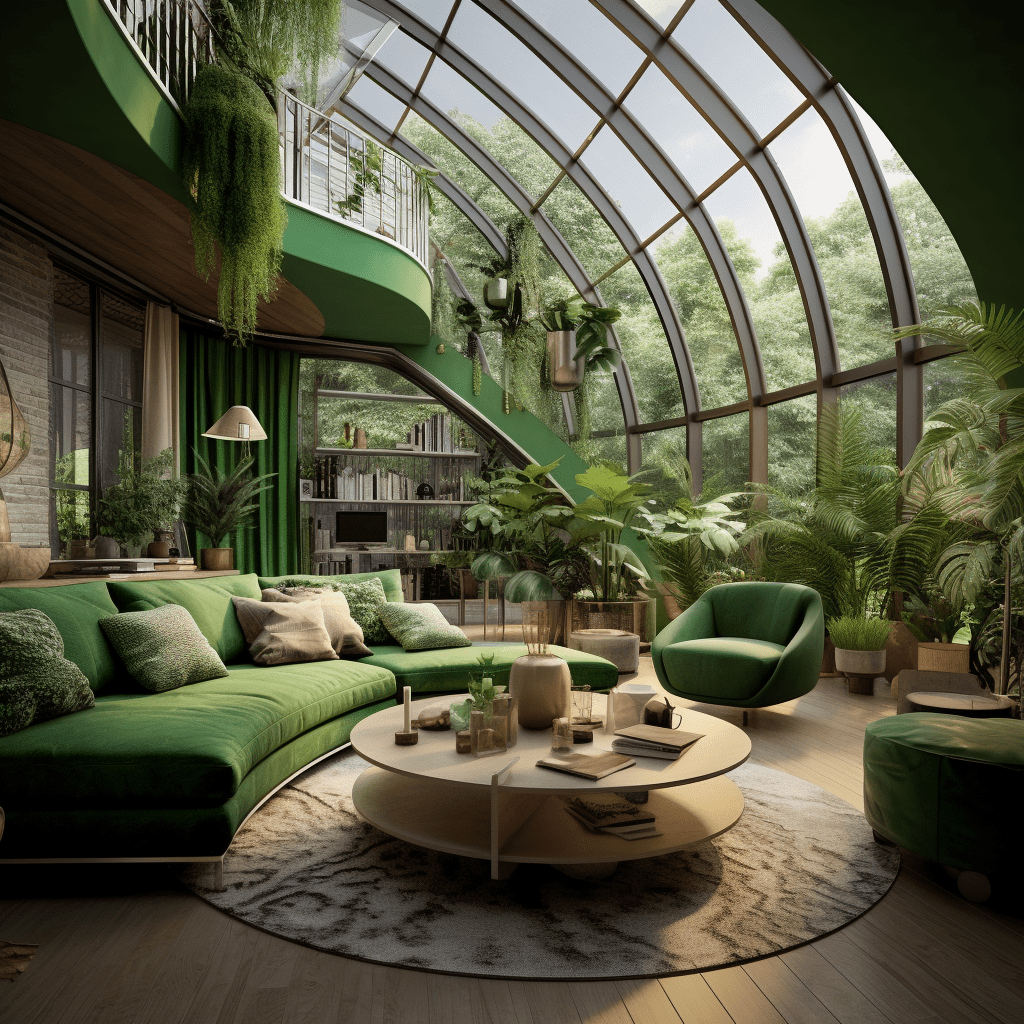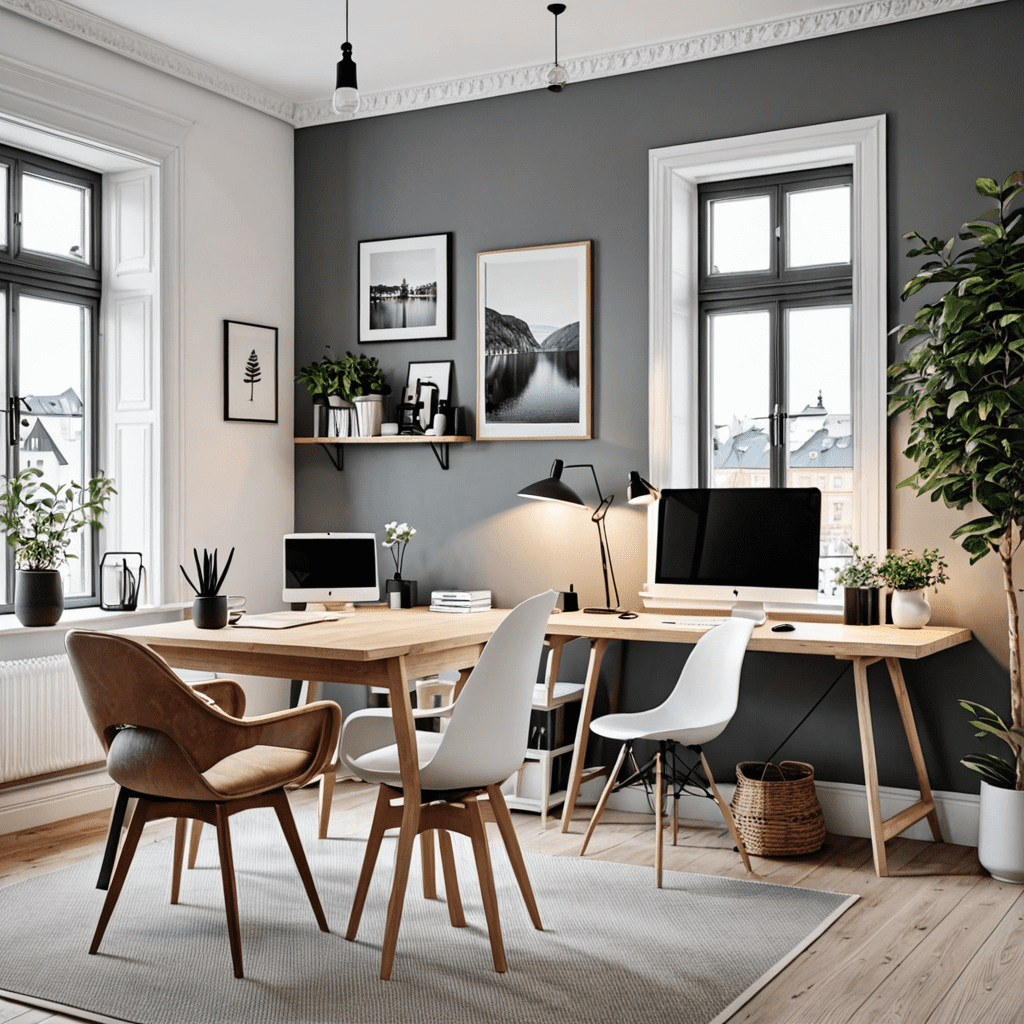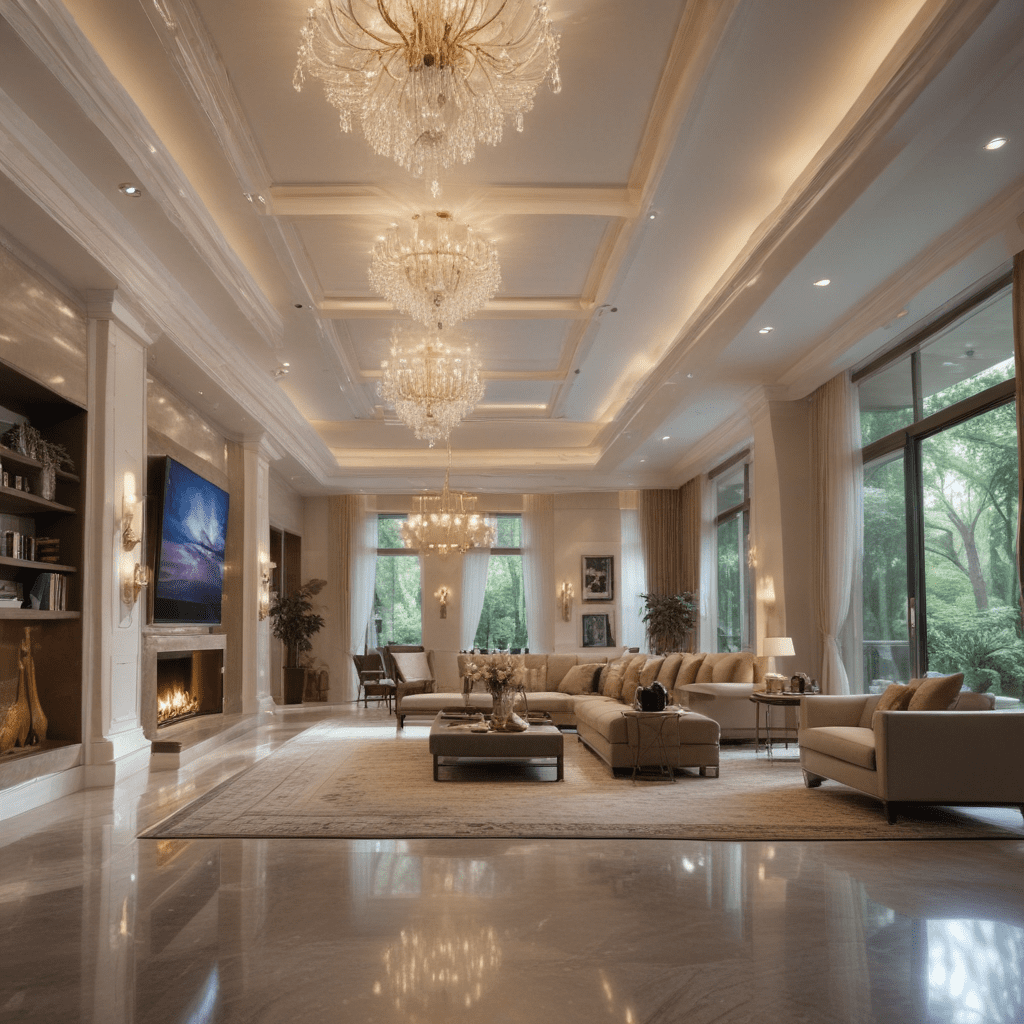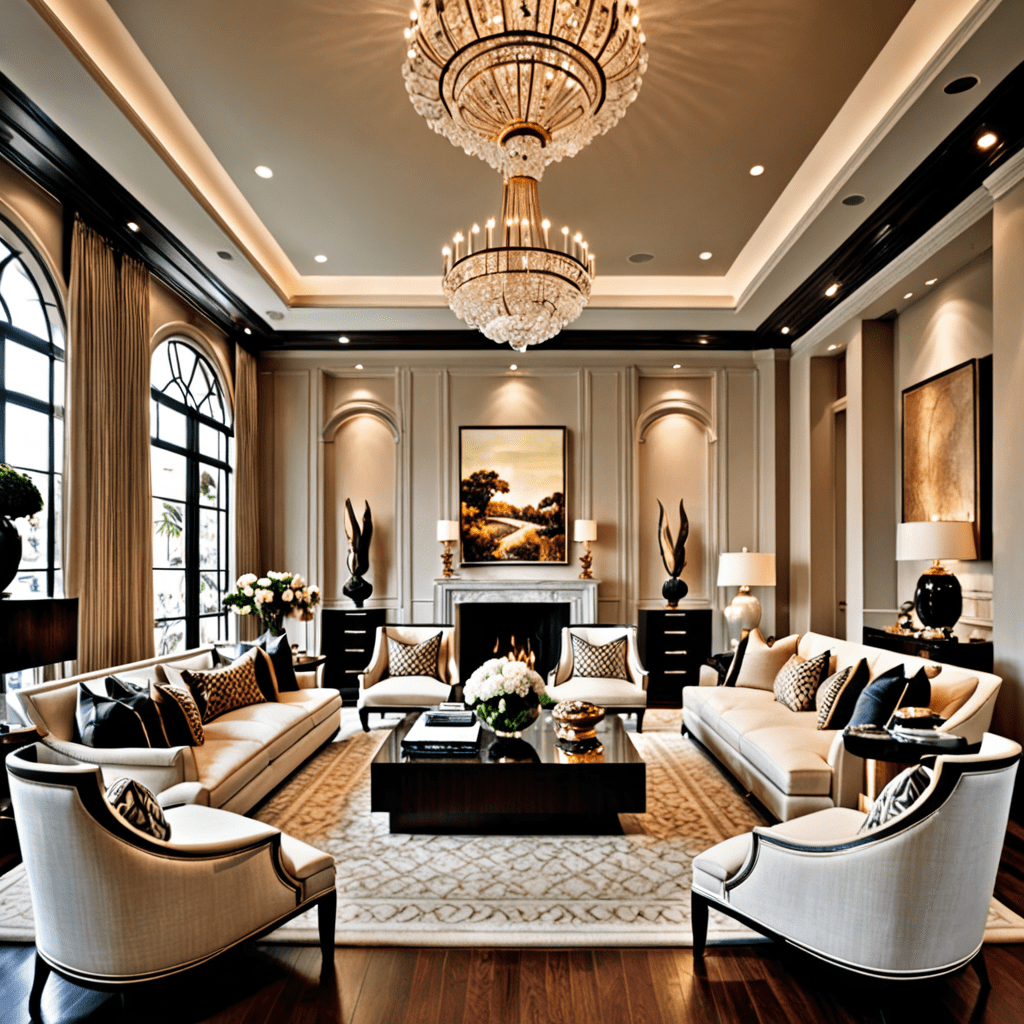Interior Design Ideas: Tips for Going Green


Green Interior Design: A Sustainable Approach to Home Decor
With the increasing awareness of environmental issues and the need for sustainability, many homeowners are embracing the concept of green interior design. This design approach focuses on creating environmentally friendly and sustainable living spaces that are not only aesthetically pleasing but also contribute to the well-being of the planet. In this blog post, we will explore the principles, benefits, and ideas behind green interior design.
The Principles of Green Interior Design
Green interior design is guided by several principles that prioritize sustainability and environmental consciousness. These principles include:
1. Use of Eco-friendly Materials
Green interior design emphasizes the use of natural, recycled, and renewable materials wherever possible. This includes sustainable wood, bamboo, recycled glass, and non-toxic paints and finishes. By avoiding harmful chemical-laden materials, homeowners can minimize their carbon footprint.
2. Energy Efficiency
Energy-efficient lighting, appliances, and HVAC systems play a vital role in green interior design. The use of LED lighting, energy-saving appliances, and proper insulation helps reduce energy consumption and lower utility bills while minimizing the impact on the environment.
3. Indoor Air Quality
Creating a healthy indoor environment is an essential aspect of green interior design. This involves using low-VOC (volatile organic compound) paints and finishes, incorporating air purification systems, and promoting natural ventilation to ensure clean and fresh air for the inhabitants.
4. Water Conservation
Green interior design promotes the efficient use of water resources by incorporating fixtures such as low-flow faucets, dual-flush toilets, and rainwater harvesting systems. These measures help reduce water consumption and preserve this precious resource.
5. Recycling and Waste Management
Implementing proper recycling and waste management systems is crucial in green interior design. Homeowners can integrate recycling bins, composting systems, and repurpose furniture or materials to reduce the amount of waste ending up in landfills.
The Benefits of Green Interior Design
Adopting a green interior design approach offers numerous benefits for both homeowners and the environment. Some of these benefits include:
1. Environmental Preservation
By choosing eco-friendly materials and energy-efficient practices, green interior design reduces the environmental footprint of homes. This contributes to a more sustainable future by conserving natural resources and minimizing pollution.
2. Improved Indoor Air Quality
Utilizing low-VOC paints, natural ventilation, and air purification systems significantly enhances the indoor air quality, ensuring the health and well-being of the occupants. This is especially beneficial for individuals with respiratory conditions or allergies.
3. Energy and Cost Savings
Implementing energy-efficient lighting, appliances, and insulation systems not only minimizes energy consumption but also leads to considerable cost savings on utility bills. Green interior design offers long-term financial benefits for homeowners.
4. Aesthetically Pleasing Spaces
Contrary to the misconception that green interior design compromises aesthetics, sustainable design can be visually stunning. The use of natural materials and the incorporation of sustainable elements can create unique and stylish spaces that align with different design styles and preferences.
5. Positive Impact on Well-being
Living in a green environment has been shown to have a positive impact on one’s well-being. The connection to nature and the use of non-toxic materials contribute to reduced stress levels, improved mood, and increased productivity.
Green Interior Design Ideas
Looking to incorporate green interior design principles into your home? Here are some ideas to get you started:
1. Incorporate Biophilic Design
Biophilic design focuses on bringing nature indoors. Integrate indoor plants, natural lighting, and natural textures to create a calming and rejuvenating environment.
2. Choose Sustainable Furniture
Opt for furniture made from reclaimed wood or materials manufactured with sustainable practices. Vintage or second-hand furniture can also be a sustainable and stylish choice.
3. Renewable Flooring Options
Consider using sustainable flooring options, such as bamboo, cork, or reclaimed wood, which are not only eco-friendly but also add warmth and character to any space.
4. Harness Natural Lighting
Maximize the use of natural light by incorporating larger windows, skylights, and light-colored surfaces. This not only reduces the need for artificial lighting but also creates a bright and airy atmosphere.
5. Eco-friendly Window Treatments
Select window treatments made from natural fabrics, such as organic cotton or linen, or opt for shades made from sustainable materials like bamboo or recycled polyester.
6. Water-efficient Fixtures
Replace outdated faucets, showerheads, and toilets with water-efficient fixtures that help conserve water without compromising functionality or style.
FAQ about Green Interior Design
Q: Is green interior design expensive?
A: Green interior design can be achieved on various budgets. While some sustainable materials may initially cost more, the long-term cost savings in energy efficiency and reduced maintenance can offset the initial investment.
Q: Can green interior design be incorporated into any design style?
A: Yes, green interior design principles can be applied to any design style. From modern to traditional, sustainable elements can be seamlessly integrated to create a harmonious and eco-friendly space.
Q: How can I find eco-friendly materials for my interior design project?
A: Look for certifications such as LEED, FSC, or Greenguard to identify eco-friendly materials. Additionally, many manufacturers now offer eco-friendly lines, and local artisans often work with sustainable materials.
Q: Are there any tax incentives for green interior design projects?
A: Depending on your location, there may be tax incentives or rebates available for energy-efficient upgrades, such as solar panels or energy-saving appliances. It’s worth researching programs and incentives offered by local and national governments.
Q: Can I make my existing home more environmentally friendly without a major renovation?
A: Absolutely! There are many small changes you can make to improve the sustainability of your home. Simple actions like switching to LED light bulbs, adding insulation, and reducing water consumption can make a significant difference.
Q: Where can I find inspiration for green interior design ideas?
A: Online platforms, such as Pinterest and lifestyle blogs, offer a wealth of inspiration for green interior design ideas. Additionally, consulting with an interior designer who specializes in sustainable design can provide valuable insights tailored to your specific needs.
In conclusion, green interior design offers a sustainable and eco-friendly approach to home decor. By integrating eco-friendly materials, energy-efficient practices, and a conscious mindset, homeowners can create beautiful living spaces that benefit both their well-being and the planet. So why not embrace the principles of green interior design and make a positive impact on your home and the environment?




